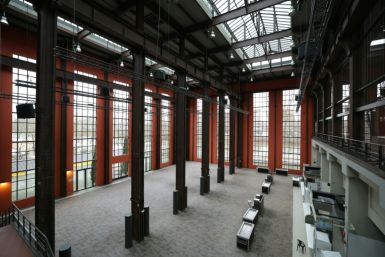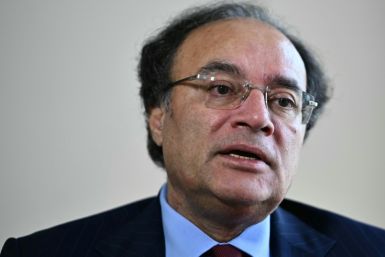Australian Beef Industry Forecasts 30 Million Head Herd in 2012
The future is still bright for Australia beef industry. According to a report released on Monday at the Beef Australia 2012 summit, the country's cattle herd is expected to reach 30 million heads this year. It would be the peak since the 1970s.
The 30-million head forecast is a 2.3 per cent rise in beef and veal production, which in turn, is expected to lead to a 3 per cent or 40,000 tonnes rise in beef available for export.
The bulk of Australian beef exports are expected to be gobbled up by the U.S. market which is suffering from a 5-decade low level of herd. Challenges have been identified in the Japanese, South Korean and Indonesian exports, particularly due to the cattle mistreatment video in Indonesia.
Mark Bennett, ANZ Agribusiness chief, said it foresees higher demand and more export opportunities mainly from Asia and emerging markets such as Russia, the Middle East and southeast Asia which are noted for their strong gross domestic products and income, which would likely lead to higher demand for protein.
Dr. Peter Barnard, export trade manager of industry association Meat and Livestock Australia, said at the largest beef show at Rockhampton that there is hope for the country's beef industry because more China consumers want to eat Australian beef. Mr Barnard said that in the next 10 years, urban Asia will grow to the same size as the American population which would translate into more young, affluent and westernised population that will consume a lot of beef.
According to beef forecasters, Chinese beef consumption is projected to double by 2020 due to the booming middle class who are currently consuming 3 kilogrammes of beef per head yearly. Local consumption would, however, continue to be high at 30 kilogrammes a year.
The bright outlook is good news for 70,000 cattle producers, processers, buyers and suppliers who are attending the tri-annual Beef Australia expo at Central Queensland University after two past seasons of rain and floods, but unprecedented pasture growth.
While optimism is across the industry due to the full dams and river, green grass in the paddocks and rebuilding of herd stock, Beef Australia Chairman Geoff Murphy said the effect of the 2008 global financial crisis continued to be felt as beef prices and consumption fell.
At the event's dinner, the former chairman of Meat and Livestock Australia (MLA), Don Heatley, was given the Queensland Country Life Red Meat Achiever of the Year. The previous year's awardee was Mr Murphy.
Mr Heatley operates a cattle property at Charters Towers and chaired the MLA from 2005 until 2011.
The industry has embraced technology by holding a series of Web-base seminars beginning Tuesday. The seminars will be conducted by leading U.S. red meat market analysts and commentator, Steve Kay. He is also the publisher of U.S. Cattle Buyers Weekly.
Included in his Powerpoint presentation are the U.S. domestic supply and demand for beef, impact of the 2011 drought and the lean beef shortage in the U.S. which opens more doors for Australian beef exporters.
On Wednesday, it is the turn of Jason Strong, MLA's European region manager based in Belgium, to hold a Web-based seminar using Skype. He will cover topics such as the 25,000-tonne expansion in the European Union grainfed quota, changes to the quota allocation system, declining beef production in the EU and the opportunities these developments open to Australia.
The Friday Web-based seminar will tackle the direction of commercial beef brands and evolving brand claims and consumer expectations. Former MLA Domestic Marketing Manager David Thomason will be the speaker.





